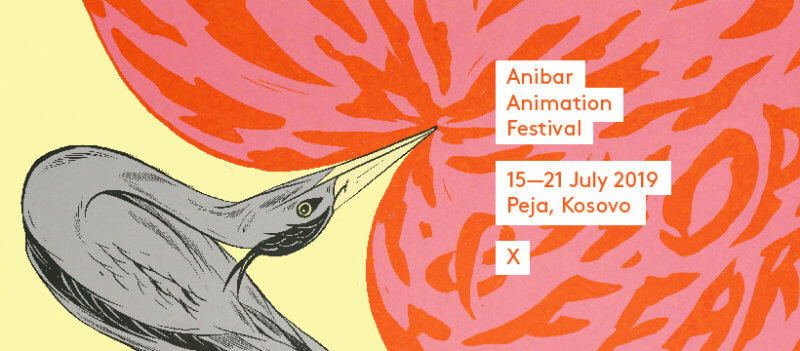Anibar Festival Celebrates 10th Year with ‘Hopes & Fears’ Theme
Ten years ago, a group of young local artists organized the first animation festival in our newborn country. Each year our festival has continued to grow to more than we could have ever hoped for. But with growth, new fears take root—the fear of losing our home cinema and other important infrastructure for our festival and the fear of our youth immigrating abroad for better opportunities. We’ve hoped and continue to hope that Anibar can utilize animation as an influence of progressive change to our local community and young aspiring artists, promote youth civic activity in the process. For the 10th Edition of the Anibar International Animation Festival, we want to confront our collective hopes and fears towards political, social, and environmental changes through the arts and to inspire civic activism. We hope being vulnerable and honest with you can serve as a starting point for this discussion.
Hope and fear saturate our culture as they do many others. Often times these two aspects dynamically coexist with one another. The hope of getting to visit extended family living abroad in the near future. The fear of travel abroad for an opportunity for honest work with the hope that such an opportunity would bring. The fear of environment being destroyed during our generation’s lifetime and the hope that we will work together to find a solution to save it. The hope of the growing cultural acceptance of the role of women in society and decision making with the fear of the loss of celebrated cultural traditions. Acknowledging our hopes and fears for the future is the first step in addressing these problems.
Addressing these feelings requires honest and sincere language, free of opaqueness and convolution. However, political language is typically highly legalistic or technocratic, oftentimes carefully encoding its message. This language has become more and more distant to those affected by its governance. Kosovo is not an exemption to this phenomenon. The language of politicians and human rights professionals as conveyed by activists, academics, public officials, or judges does not relate to the needs of the public. In this regard, the role of the artist is vital. The artistic medium is designed to be expressive, honest, and most importantly, accessible. Civil actions have sought to express themselves through paintings, photographs, sculptures, videos, graffiti, and other forms for this reason.
While regimes have changed, citizen and human rights in Kosovo continue to challenge the functioning of the state. ARTivism, in our understanding, is the utilization of art for to defend the rights of and highlight the challenges faced by the marginalized, ignored, or erased within society. This allows them to remain seen, preserving their values and identity in peaceful opposition. Artists have the ability to create promote solidarity, awareness, and protest, to create social change from a visual expression of imagination. Our alternative to technocratic political language, especially in the era of technology and media, is ARTivism, or the ability to send complex messages through an accessible and creative means. By promoting our communities individual and collective hopes and fears for the next decade in our public spaces, we aspire to promote active change in the course of our society and city.
These listed hopes and fears were a sample of those shared by our staff members from their lives and our organization. These hopes and fears were both collective in theme, but individualistic in meaning. We are looking forward to hear your stories during our tenth edition of the festival.



